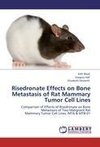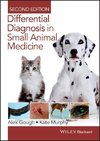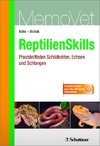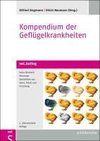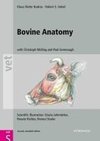
-
 Anglický jazyk
Anglický jazyk
Ketamine and Vascular Reactivity
Autor: Subas Chandra Parija
Ketamine is used in human and veterinary medicine for the induction and maintenance of general anesthesia. Ketamine is widely applied as anesthetic in cats, dogs, rabbits, rats, and other small animals in combination with xylazine or diazepam due to its... Viac o knihe
Na objednávku, dodanie 2-4 týždne
36.99 €
bežná cena: 41.10 €
O knihe
Ketamine is used in human and veterinary medicine for the induction and maintenance of general anesthesia. Ketamine is widely applied as anesthetic in cats, dogs, rabbits, rats, and other small animals in combination with xylazine or diazepam due to its safety and its favorable effect upon cardiovascular and respiratory systems. Due to its cardiovascular effects, particularly its ability to maintain arterial blood pressure, ketamine has been advocated in cyanotic congenital heart disease, hypovolemic patients, and cardiogenic shock. Mechanism of action of anesthetics like ketamine may vary in potency or even in quality with different vascular tissues or even with different segments of the same artery. Hypertensive disorders of pregnancy like preeclampsia in recent day is the most important issue and incompletely understood. The vasoreactivity of uterine artery during pregnancy and its interaction with ketamine anesthesia is not clear. When compared to the full spectrum of the human disease. Considering that goat middle uterine artery (MUA) undergoes remodeling from non-pregnant state to pregnancy defining the vasorelaxation mechanisms of anesthetics like ketamine.
- Vydavateľstvo: LAP LAMBERT Academic Publishing
- Rok vydania: 2021
- Formát: Paperback
- Rozmer: 220 x 150 mm
- Jazyk: Anglický jazyk
- ISBN: 9786204181424



 Nemecký jazyk
Nemecký jazyk 